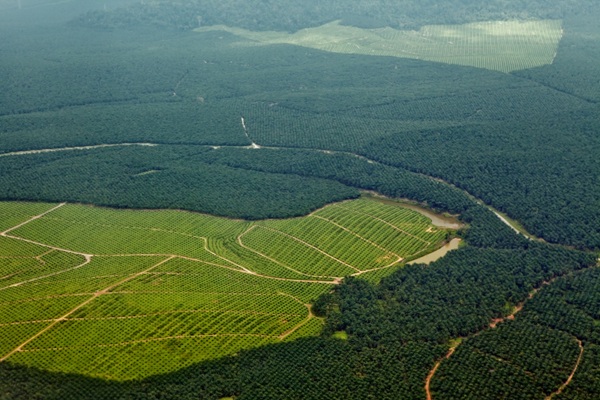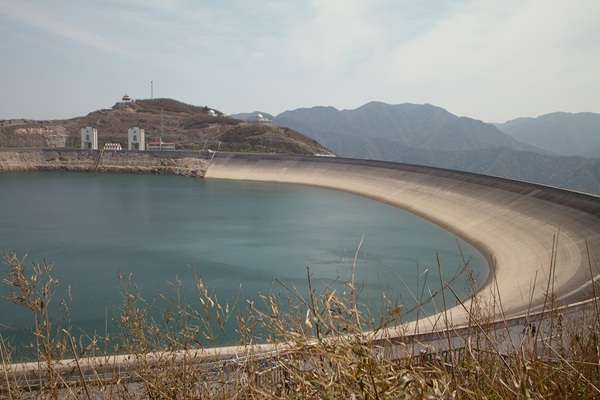.png)
Playing the Palm Oil Price Game
Palm oil’s brief premium over soft oils has faded as supply improves, demand eases and biodiesel economics weaken. With prices retreating and forecasts turning overheated, India faces a timely policy choice on duties and domestic growers’ interests.


Chandrashekhar is an economist, journalist and policy commentator renowned for his expertise in agriculture, commodity markets and economic policy.
November 20, 2025 at 7:42 AM IST
In the basket of global vegetable oils, which includes soybean, rapeseed, sunflower seed, cottonseed, groundnut, coconut, and a few more, palm oil stands out for its dominance. It accounts for nearly a third of the world’s annual vegetable oil output of about 235 million tonnes and 60% of the global trade of roughly 80 million tonnes.
Indonesia and Malaysia, the two largest producers, together contribute about 80% of global output and 90% of exports. Thailand, Colombia, Nigeria, and Côte d'Ivoire are minor players by comparison.
Vegetable oil is an essential food ingredient, used both in households and in the food processing industry. Demand has been rising steadily, especially in populous developing countries like India, propelled by higher incomes, population growth, and still-low per capita availability.
At the same time, a growing share of this edible commodity has been diverted towards fuel. Over the last two decades, vegetable oils have increasingly been converted into biodiesel for blending with mineral oil diesel at 10%, 20%, or even 30%.
Typically, crude palm oil trades at a discount of $50 to $100 per tonne to “soft oils” such as soybean, rapeseed, and sunflower oil. The discount makes palm oil the preferred choice in price-sensitive markets like India.
But something unusual happened in the first three quarters of 2025: palm oil traded at a premium to soft oils. Anticipated sluggish output growth and the possibility of higher biodiesel diversion, particularly in Indonesia, kept CPO prices elevated.
High prices, however, led palm oil to lose market share, while production of soft oils expanded sharply. Global soybean production hit a record of over 420 million tonnes in 2024-25, with prospects for 2025-26 looking equally promising.
The global market is currently at a critical juncture: oilseed harvests in the northern hemisphere are underway, planting is beginning in the southern hemisphere, and palm oil cycle is moving from peak production to the lean season, when output growth slows.
Demand also softens during the winter months because palm oil solidifies at low temperatures. Demand for the Chinese New Year and Ramadan have already been met, leaving current demand conditions weak.
As a result, CPO prices have retreated sharply — from around $1,200 per tonne earlier in the year to struggling to hold the $1,000 mark. On the Malaysian derivatives exchange, the three-month forward contract is trading between 4,100 ringgit and 4,200 ringgit per tonne.
Upset by the price slide, producers appear to be trying to reverse sentiment by ‘talking the market up’. Indonesia has announced its intention to raise the biodiesel blend from B40 to B50 for vehicle diesel.
This has prompted some market watchers to predict a 25% surge in CPO prices to 5,000 ringgit per tonne or more. Such forecasts risk sending misleading signals to market participants.
In reality, Indonesia has struggled even with the B40 mandate, which began in 2025, due to its substantial fiscal cost. Moving to B50 requires further subsidies as well as vehicle engine modifications and retrofitting. Implementation has now been pushed to the second half of 2026. On current fundamentals, B50 is unrealistic.
Global mineral oil markets are also facing an anticipated oversupply. Brent crude has fallen well below $65 a barrel and is inching towards $60. For 2026, Brent is expected to hover near the consumer-friendly price of $60 a barrel, with a downward bias.
Under such circumstances, diverting edible oils for biodiesel becomes economically unattractive. The incentive for discretionary blending has almost disappeared. Only government-mandated blending would continue, and that too with heavy fiscal implications.
All these factors are likely to keep vegetable oil prices in check. Market participants would do well not to be swayed by overly bullish forecasts.
There is a policy lesson here for New Delhi. On May 31, the government cut the basic customs duty on crude vegetable oils, including CPO, by 10 percentage points. Given the domestic supply-demand fundamentals and the interest of Indian oilseed farmers, this move was unnecessary.
The government justified the duty cut as a measure to support the edible oil refining industry, which is dominated by a few large corporations. What was left unsaid was the revenue loss —estimated at ₹80 billion so far — and the windfall gained by large importers-cum-refiners.
Now that bullish price forecasts are circulating widely in the media, pressure will mount for further reductions. It would be unfortunate if the government yielded to such lobbying.
Instead, this is the right moment to restore the earlier structure by raising the basic customs duty on crude vegetable oils back to 20% ad valorem. Doing so would protect the interests of domestic oilseed growers, encourage higher planting and generate additional revenue for the exchequer.
Ultimately, India suffers from weak commercial intelligence on global commodity markets. Rather than proactive, data-driven policymaking, New Delhi often reacts to market developments — reactions that often do not deliver the desired results.



